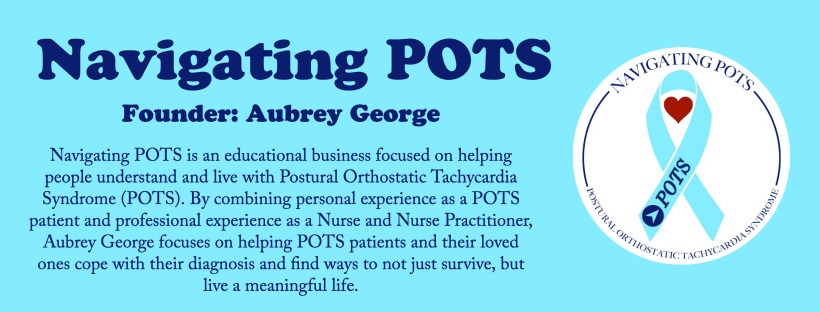1) The Somatic Nervous System is in charge of voluntary/conscious movement and activities, like walking, moving your finger, talking, etc. Even if you are not aware of all the intricacies involved in the action, you are consciously choosing to initiate the action.
2) The Autonomic Nervous System is in charge of all of your unconscious/involuntary activities occurring in your body like heart rate, blood pressure digestion, breathing, etc. These actions occur automatically, without you having to think about initiating the action.
What are the branches of the Autonomic Nervous System?
The Autonomic Nervous System affects every organ and body system in the body! It has 2 major divisions that are important to understand: The Sympathetic Division and the Parasympathetic Division
1) The Sympathetic Division of the Autonomic Nervous System is also known as the "Fight or Flight" or Stress Response. I will explain more about this in my course, but the Sympathetic Divisions is associated with adrenaline and prepares the body for survival. Symptoms associated with the Sympathetic response are increased heart rate, increased blood pressure, increased breathing, dilated pupils, increased blood to the leg muscles and decreased blood flow to the gut/digestive tract.
2) The Parasympathetic Division of the Autonomic Nervous System is also know as the "Rest & Digest" Response and is the opposite of the Stress Response. When the body is not in Fight or Flight, it is in Rest & Digest, and this is where it should be most of the time. It is associated with a lower heart rate, lower blood pressure, slower breathing and increased blood to the digestive tract.
How is this related to POTS & Dysautonomia?
Dysautonomia occurs when the Autonomic Nervous System is not functioning properly. This can be related to an injury or defect in the Autonomic Nervous System itself. Or it can be related to an imbalance between the Sympathetic and Parasympathetic Divisions of the Autonomic Nervous System.
POTS is a specific kind of Dysautonomia, and while some patients may have a problem with their Autonomic Nervous System this is not as common. Most POTS patients have the second kind of Dysautonomia where there is an imbalance between the 2 divisions. Most POTS patients go into "Fight or Flight" when they stand up because gravity causes the stress response associated with increased adrenaline. This phenomenon was a major focus of my thesis and I will go into much more detail in my courses. In the meantime, I hope this information has helped!

No comments:
Post a Comment